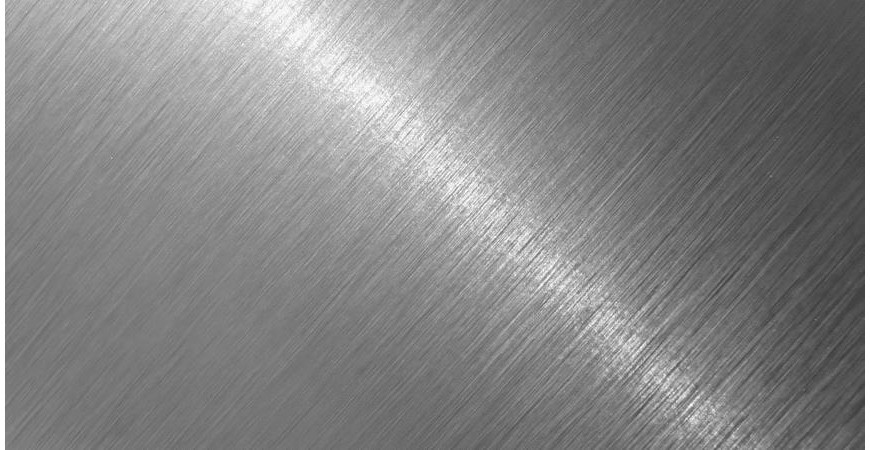Food grade stainless steel
What kind of stainless steel for food applications?
For food applications it is generally recommended to use food grade stainless steels, which are safe for food contact and corrosion resistant, whether you are buying stainless steel food containers or stainless steel tableware. The most commonly used grades for food applications are 430 (18% stainless steel), 304 (18/10 stainless steel) and 316 stainless steel. These three types of stainless steel are not only corrosion resistant, they are also non-reactive with food, meaning it will not transfer unwanted odours or chemicals to food. Type 316 stainless steel is often preferred for more corrosive environments or where higher levels of corrosion resistance are required, such as stainless steel in contact with seawater or where there is heavy exposure to salt.
What type of stainless steel for salt or seawater contact?
To resist corrosion caused by seawater, it is generally recommended to use 300 series stainless steels, especially those containing molybdenum. Type 316 stainless steel is commonly used in marine applications due to its higher resistance to corrosion in marine environments. However, other grades of stainless steel are also suitable for use in seawater, including 304L and 316L stainless steel. These grades are corrosion resistant and offer durability in marine conditions.
What is food grade stainless steel?
Food grade stainless steel is a type of stainless steel designed specifically for use in the food and food processing industries. It is manufactured to strict standards to ensure that it is safe for direct contact with food and will not react chemically with food or transfer undesirable substances.
Characteristics of food grade stainless steel include
- Non-reactive: it does not react chemically with food, ensuring that it does not transfer unwanted flavours or harmful substances to food.
- Corrosion resistant: it is corrosion resistant, which means it will not rust or corrode when in contact with acidic liquids or food.
- Easy to clean: it is easy to clean and maintain, making it ideal for food environments where hygiene is essential.
- Durability: It is durable and wear resistant, making it suitable for prolonged use in industrial and food processing environments.
Food grade stainless steel is widely used in the manufacture of food processing equipment, containers, machinery and other components required for the handling, processing, preparation and presentation of food.
How much does food grade stainless steel cost?
The price of food grade stainless steel can vary depending on a number of factors, including the quality of the stainless steel, the shape (sheet, bar, tube, etc.), the dimensions, the surface finishing and the quantity purchased. Generally, food grade stainless steel, such as type 304 or 316 stainless steel, can be more expensive than other types of stainless steel or other materials due to its specific properties and compliance with food standards.
Here are some of the factors that can influence the price of food grade stainless steel:
- Quality of stainless steel: high quality grades such as 316 can be more expensive than basic grades such as 304.
- Shape and dimensions: sheets, bars, tubes and other shapes can have different prices. In addition, specific dimensions and thicknesses can affect the price.
- Surface finishing: Special surface finishing, polishing may incur additional costs.
- Quantity purchased: large volume orders may benefit from price reductions.
- Market fluctuations: Stainless steel prices can fluctuate according to supply and demand in the global steel market.
It is therefore difficult to quote a specific price without knowing these details. It is advisable to contact stainless steel suppliers to obtain accurate quotes based on your specific requirements.

